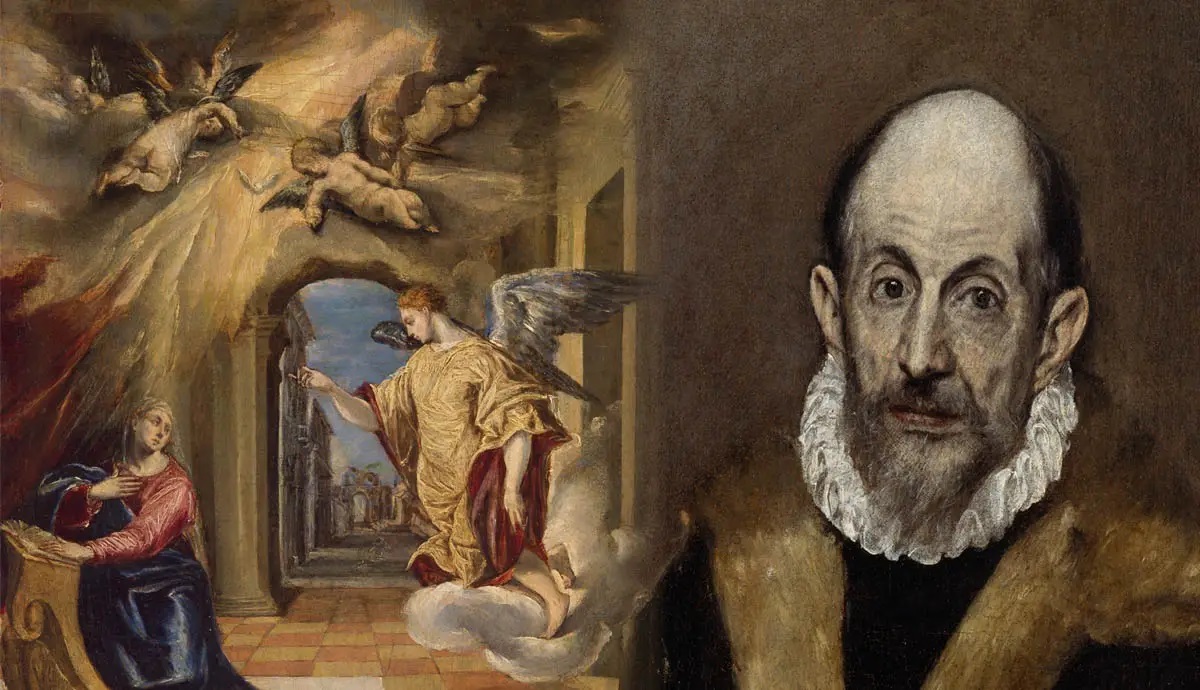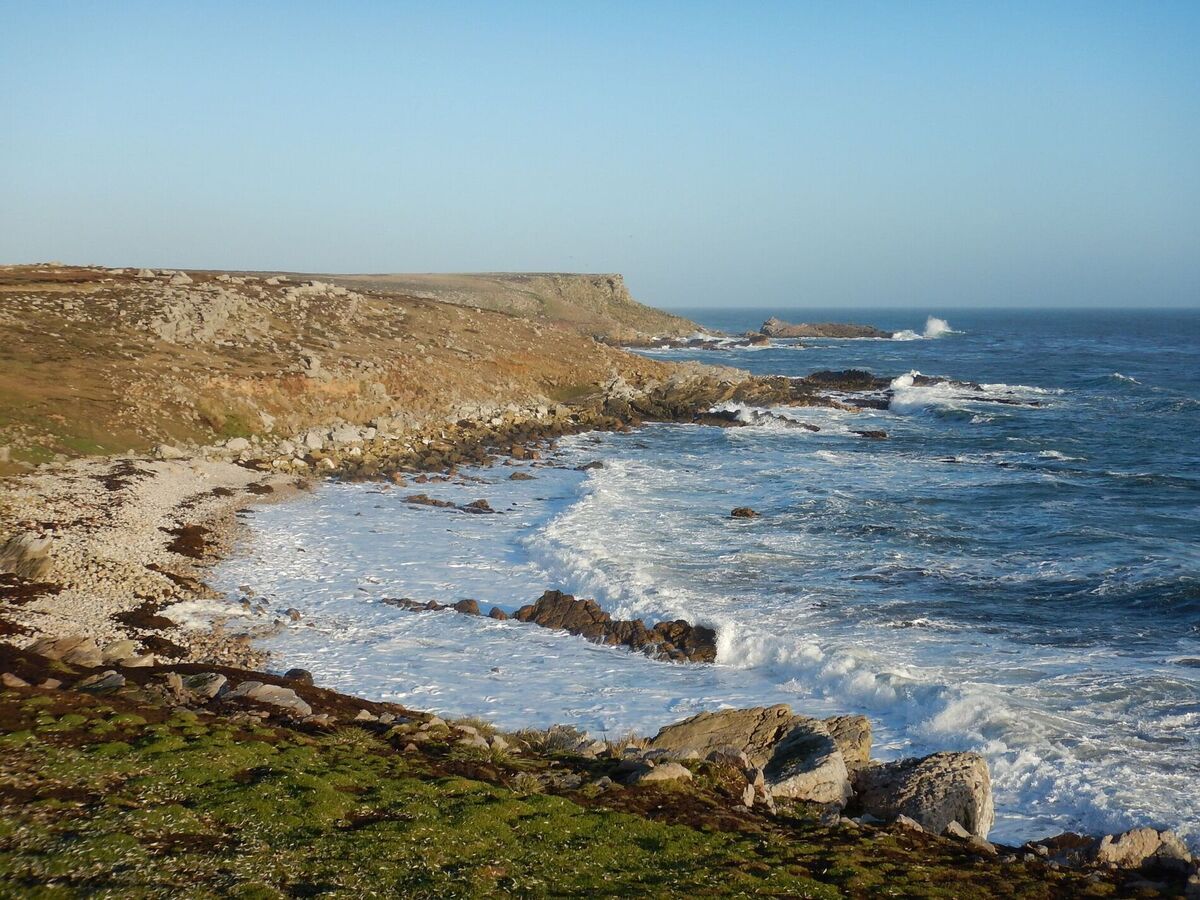
El Greco, whose real name was Domenikos Theotokopoulos, was a renowned painter, sculptor, and architect of the Spanish Renaissance. His unique style and masterful use of color and form have left an indelible mark on the world of art. In this article, we’ll delve into 20 fascinating facts about El Greco, shedding light on his life, his art, and his enduring legacy. From his early years in Crete to his influential works in Toledo, Spain, El Greco’s story is one of creativity, innovation, and a relentless pursuit of artistic excellence. Join us as we explore the life and works of this enigmatic artist who continues to captivate and inspire art lovers around the globe.
Key Takeaways:
- El Greco, a visionary artist, revolutionized art with his unique style, vibrant colors, and spiritual depth, leaving a lasting impact on the Spanish Renaissance and inspiring contemporary creators.
- Through his unconventional techniques and timeless pursuit of spiritual truth, El Greco’s art invites contemplation, introspection, and challenges artistic conventions, resonating with audiences across diverse cultural contexts.
El Greco was born in Crete in 1541.
El Greco, whose real name was Domenikos Theotokopoulos, was born in the city of Heraklion on the island of Crete, which was then part of the Republic of Venice. His precise date of birth is not known, but it is believed to be around His early life and artistic training in Crete played a significant role in shaping his unique style and approach to art.
El Greco studied under a prominent icon painter.
During his formative years, El Greco trained in the traditional Byzantine style of icon painting under the guidance of the renowned Cretan painter, Theotokopoulos. This early influence would later blend with Western artistic techniques, contributing to the distinctiveness of El Greco’s mature works.
His move to Venice marked a crucial turning point in his career.
In the late 1560s, El Greco relocated to Venice, a thriving artistic hub of the Renaissance. It was during his time in Venice, where he encountered the works of Titian, Tintoretto, and other Italian masters, that he began to assimilate the principles of Renaissance art, incorporating elements of naturalism and dramatic lighting into his evolving style.
El Greco’s artistic talents extended beyond painting.
While El Greco is best known for his masterful paintings, he was also skilled in other artistic disciplines. He was an accomplished sculptor and architect, demonstrating his versatility and ingenuity across various creative domains.
He pursued opportunities in Spain and eventually settled in Toledo.
After a period of travel and artistic exploration, El Greco arrived in Spain, where he sought patronage and commissions. His journey led him to the city of Toledo, where he would spend the majority of his career, leaving an indelible mark on the Spanish art world.
El Greco’s works are characterized by elongated figures and vibrant use of color.
One of the defining features of El Greco’s style is the elongation of figures, a stylistic choice that imparts a sense of elegance and spiritual intensity to his compositions. Additionally, his bold and expressive application of color contributes to the emotive power of his artworks.
He was a visionary ahead of his time.
El Greco’s unconventional artistic vision and innovative techniques set him apart from his contemporaries. His daring departures from conventional norms and his willingness to experiment with form and expression positioned him as a pioneering figure in the history of art.
El Greco’s religious paintings are renowned for their fervent spirituality.
Throughout his career, El Greco produced a substantial body of religious works, capturing the fervor and devotion of his subjects with a profound spiritual depth. His religious paintings continue to resonate with viewers, conveying a transcendent quality that transcends time and culture.
His masterpiece, “The Burial of the Count of Orgaz,” is a testament to his artistic genius.
“The Burial of the Count of Orgaz,” a monumental painting located in the Church of Santo Tomé in Toledo, stands as a crowning achievement of El Greco’s career. This awe-inspiring work exemplifies his mastery of composition, narrative complexity, and emotional resonance.
El Greco’s influence extended beyond his lifetime.
While El Greco faced mixed critical reception during his lifetime, his artistic legacy endured and flourished in the centuries that followed. His distinct aesthetic language and profound impact on subsequent generations of artists solidified his position as a seminal figure in art history.
He left a lasting impression on the Spanish Renaissance art scene.
El Greco’s contributions to the Spanish Renaissance were profound, shaping the artistic landscape of the period and influencing the trajectory of Spanish art. His innovative spirit and boundary-pushing approach left an indelible mark on the evolution of artistic expression in Spain.
El Greco’s enigmatic personality adds to his mystique.
Beyond his artistic accomplishments, El Greco’s enigmatic persona and complex personal history contribute to the enduring fascination with his life and work. His enigmatic nature continues to captivate scholars and enthusiasts, sparking ongoing exploration and analysis.
His legacy transcends national boundaries.
While closely associated with Spain, El Greco’s impact transcends national confines, resonating on a global scale. His universal themes and timeless artistic vision speak to audiences across diverse cultural and geographical contexts, cementing his status as a figure of international significance.
El Greco’s art embodies the spirit of the Counter-Reformation.
Living during a period of religious and cultural upheaval, El Greco’s art reflects the fervent spirit of the Counter-Reformation, infusing his works with a profound sense of religious devotion and spiritual fervor. His paintings served as potent instruments for conveying the emotive power of faith and devotion.
His innovative use of light and shadow revolutionized artistic expression.
El Greco’s bold experimentation with light and shadow yielded a revolutionary approach to artistic representation, influencing subsequent generations of artists and leaving an indelible imprint on the evolution of visual storytelling and emotional resonance in art.
El Greco’s portraiture captures the essence of his subjects with psychological depth.
Beyond his religious and narrative works, El Greco’s portraiture reveals an acute sensitivity to the psychological nuances of his subjects, conveying their inner thoughts and emotions with compelling insight and empathy.
His artistic legacy continues to inspire contemporary creators.
El Greco’s enduring impact reverberates in the realm of contemporary art, where his innovative spirit and boundary-pushing ethos serve as a wellspring of inspiration for modern-day artists seeking to push the boundaries of creative expression.
El Greco’s works invite contemplation and introspection.
The emotive power and spiritual resonance of El Greco’s art invite viewers to engage in contemplation and introspection, fostering a profound connection between the observer and the profound themes encapsulated within his works.
His unconventional techniques challenged artistic conventions.
El Greco’s unconventional techniques and departure from traditional artistic norms challenged the prevailing conventions of his time, paving the way for new modes of artistic expression and expanding the horizons of creative possibility.
El Greco’s artistry embodies a timeless pursuit of transcendence and spiritual truth.
At the heart of El Greco’s artistic endeavors lies a timeless pursuit of transcendence and spiritual truth, encapsulating the profound depths of human experience and the quest for meaning and enlightenment.
Conclusion
El Greco was a visionary artist whose work continues to captivate audiences around the world. His unique style, characterized by elongated figures and vibrant use of color, set him apart from his contemporaries and earned him a place in art history as a master of the Spanish Renaissance. With a life marked by both triumph and tragedy, El Greco’s legacy endures, inspiring artists and art enthusiasts alike to this day. His impact on the art world is undeniable, and his contributions continue to be celebrated and studied across the globe.
FAQs
Who was El Greco?
El Greco, whose real name was Domenikos Theotokopoulos, was a renowned painter, sculptor, and architect of the Spanish Renaissance.
What is El Greco best known for?
El Greco is best known for his distinctive style, characterized by elongated figures, dramatic use of light and shadow, and vibrant colors.
Where can I see El Greco’s artwork?
El Greco’s artwork can be found in museums and galleries around the world, with notable collections housed in the Prado Museum in Madrid, the Metropolitan Museum of Art in New York, and the National Gallery in London.
What influenced El Greco’s artistic style?
El Greco’s artistic style was influenced by his Greek heritage, as well as the artistic traditions of the Italian Renaissance and the Spanish Mannerist movement.
What is the significance of El Greco’s work?
El Greco’s work is significant for its innovative approach to composition, use of color, and emotional intensity, which have had a lasting impact on the development of Western art.
Was this page helpful?
Our commitment to delivering trustworthy and engaging content is at the heart of what we do. Each fact on our site is contributed by real users like you, bringing a wealth of diverse insights and information. To ensure the highest standards of accuracy and reliability, our dedicated editors meticulously review each submission. This process guarantees that the facts we share are not only fascinating but also credible. Trust in our commitment to quality and authenticity as you explore and learn with us.


